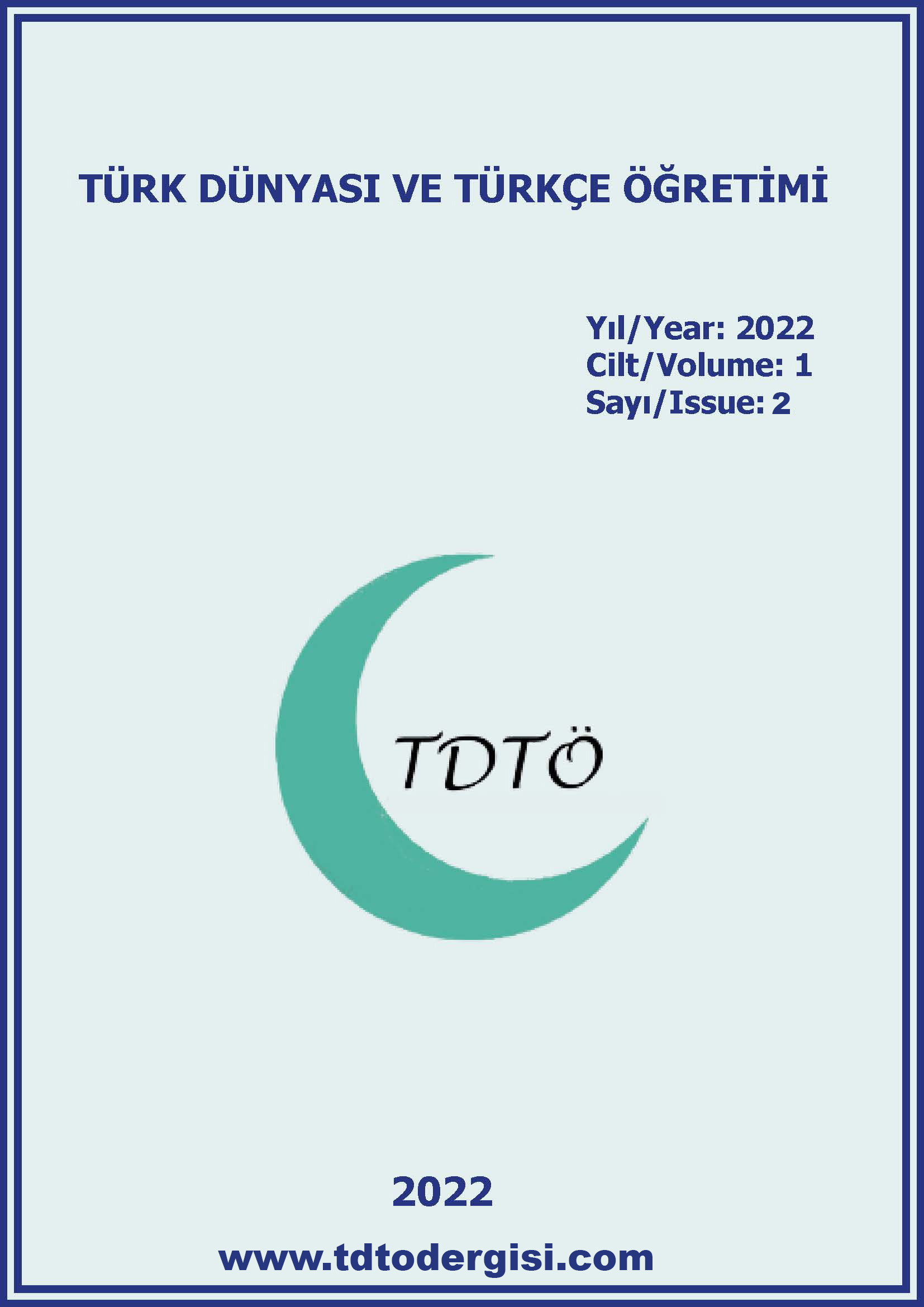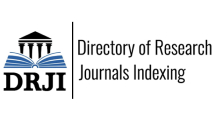Yabancılara Türkçe Öğretiminde Performans Ödevlerinin İşlevselliği
DOI:
https://doi.org/10.5281/zenodo.7464351Anahtar Kelimeler:
performans ödevi, Türkçe öğretimi, işlevsellikÖzet
‘Yapılandırmacı’ yaklaşımın ölçme, seçme ve değerlendirme aşamasında bir uzantısı olan performans ödevlerini yabancılara Türkçe öğretimi alanında öğrencinin yabancı dil bilgisini günlük hayatta nasıl kullandığını ölçmek için verilen ödevler ya da etkinlikler olarak da değerlendirmek mümkündür. Genellikle kısa süreli olan bu tür ödevlerin başlıca amacı ise, öğrencilerin derslerde kazandığı dil becerilerini günlük yaşamla ilişkilendirerek geliştirmesidir. Bununla birlikte öğrencinin belli bir dönem edindiği bilgilerden yola çıkarak yeni bir şeyler ortaya koyabilmesi de amaçlanmaktadır. Performans ödevleri özellikle de Türkçe konuşulmayan coğrafyalarda öğrencinin Türkçeyle daha çok ilgilenmesini sağlaması açısından oldukça önem arz etmektedir.
Bu çalışmanın amacı, yabancı dil olarak Türkçe öğretiminde öğretmen tarafından verilebilecek performans ödevlerinin işlevselliğini incelemektir. Bu bağlamda öncelikle performans ödevlerinin tanımı, amacı, kapsamı ve aşamaları üzerinde durulacak sonra da öğrenciye sağladığı kazanımlar tespit edilecektir. Ayrıca performans ödevi verirken öğretmenin dikkat etmesi gereken hususlar belirtilecek ve örnek teşkil etmesi açısından Avrupa Dil Portfolyosu’nun kazanımlarına göre hazırlanmış temel (A1-A2), orta (B1-B2) ve yüksek (C1) Türkçede verilebilecek performans ödevleri tablolar hâlinde gösterilecektir. Çalışma, performans ödevlerinin yabancılara Türkçe öğretimindeki işlevselliğini inceleyen ilk çalışma olması nedeniyle de ayrı bir önem taşımaktadır.
İndir
Yayınlanmış
Nasıl Atıf Yapılır
Sayı
Bölüm
Lisans
Telif Hakkı (c) 2022 Türk Dünyası ve Türkçe Öğretimi

Bu çalışma Creative Commons Attribution 4.0 International License ile lisanslanmıştır.










